Goats are the most common domestic animals throughout the world. Goats contribute to the economy by providing the best quality meat, milk, and wool. Goat rearing requires very little space and management. The village women can rear goats in a small place with minimum food and care. Goat rearing helps to the reduction of poverty and contribute sustainable economy. Many times the goat farmers face many goat diseases.
Most Common Goat Diseases
Goats are the most common domestic animals. They are good sources of animal protein by providing meat and milk. Certain breeds of goat produce good quality fur and wool. Goat farming is a profitable business and increasing day by day. Goat disease is one of the drawbacks of goat farming. In my article, I shall discuss the most common goat diseases for farmers and owners.

1. PPR in Goats
Peste des Petits Ruminants (PPR) is the most common and devastating viral disease of goats and sheep. Morbillivirus causes the disease under the genus Paramixoviridae. The disease is transmitted by direct and indirect contact by nasal discharge, ocular discharge, and feces of infected animals. The disease is manifested by coughing, fever, nasal and ocular discharge, diarrhea, dehydration, and death. The disease can be prevented by mass vaccination against the PPR virus and is available.

2. Goat Pox
Goat pox is another common viral disease of sheep and goats. The Capri pox virus causes the disease under the genus Poxviridae. The disease is similar to the Rinderpest in cattle and buffaloes. The disease causes skin nodules and papules on the skin, mainly in the head, mouth, muzzle, and teats. The disease causes serious hamper in the production of meat, milk, and wool. The mortality is low, but the animals mainly died from secondary bacterial infection.
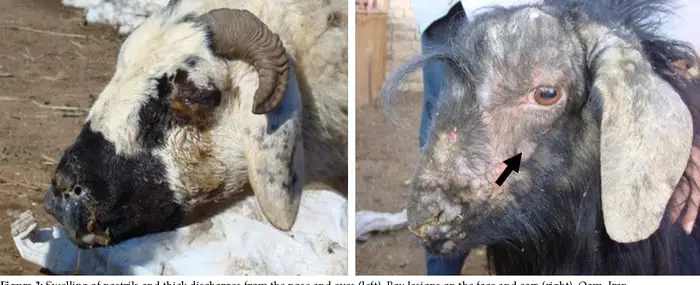
3. Goat Diseases: Contagious Ecthyma
Contagious ecthyma is another most common and severe viral disease of sheep and goats. The contagious ecthyma virus causes the disease under the genus Paramixovrus of Paramixoviridae. The disease causes sore-like lesions in the lips, gums, muzzles, palate, tongue, and head region. The mortality rate is high, but the morbidity rate is low. The animal dies mainly from secondary bacterial infections and dehydration.
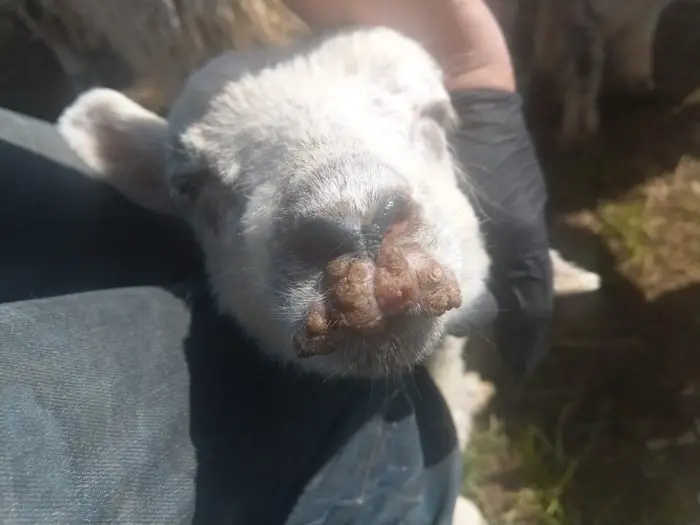
4. Coccidiosis in Goats
Coccidiosis is a protozoan disease common in goats. Coccidiosis is caused by several species of Eimeria. Coccidiosis is more severe in kids than adult goats. The disease is spread by the direct contact and ingestion of contaminated feed and water of infected goats. The disease is seen by bloody diarrhea, off-feed, lethargy, dehydration, weakness, and death. The disease can be prevented by improving management, hygiene, and the use of coccidiostat with feed.

5. Goat Diseases: Mastitis
Mastitis in goats is one of the most common bacterial diseases in intensive and semi-intensive rearing. The disease causes acute or sub-acute inflammation in the mammary glands of the goats. The disease is caused by several bacterial species like Staphylococcus, streptococcus, Pseudomonas, Mycoplasma, E Coli, and coliform bacteria. The disease is seen in both dairy and beef breeds of goats. The disease causes a severe hamper of milk production, changes the quality of milk and reproduction.

6. Orf in Goats
Orf in goats or sore mouth infection in goats is similar to goat pox. The goatpox virus also causes the disease. The disease causes sore-like lesions in the commissure of the mouth, lips, and muzzle. The disease initially develops blisters and later crusty scrubs. The disease heals typically without treatment within one month after infection.

7. Pink Eye in Goats
Contagious keratoconjunctivitis or pink eye in goats is another common bacterial disease in sheep and goats. Mycoplasma conjunctivae and Chlamydia psitasii cause the disease. The eyes of the affected animal become red, lacrimation, whitish layer on the cornea, and leads to permanent blindness. Usually, the disease is self-limiting and cures without treatment within one week to 10 days after infection.
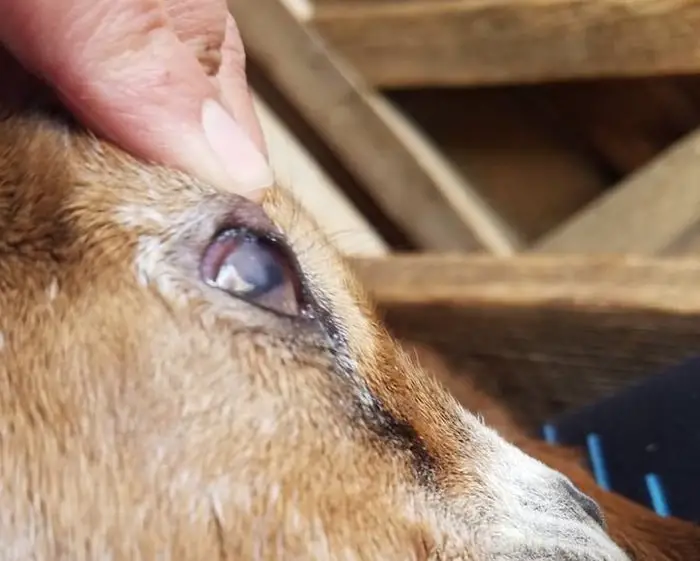
8. Hoof Rot in Goats
Hoof rot or foot rot is another most common bacterial disease of sheep and goats. The disease is caused by two bacterial species; Fusobacterium necrophorum and Dichelobacter nodosus. The bacteria are generally present in the soil and enter the damaged food of the sheep and goats. The disease causes local lesions, formation of pus, lameness, and sheep graze on their knees. The proper treatment with antibiotics and dressing cures the disease.

9. Enterotoxemia in Goats
Enterotoxemia or pulpy kidney disease, or overeating disease, is the most common bacterial disease in sheep and goats. The disease is caused by bacterial toxins produced by Clostridium perfringens type D bacteria. The bacteria are the ordinary inhabitants of the gastrointestinal tract and go rapid multiplication under certain circumstances. The disease causes high mortality in lamb and kids. The adult is less susceptible due to frequent low dose exposure of this organism.
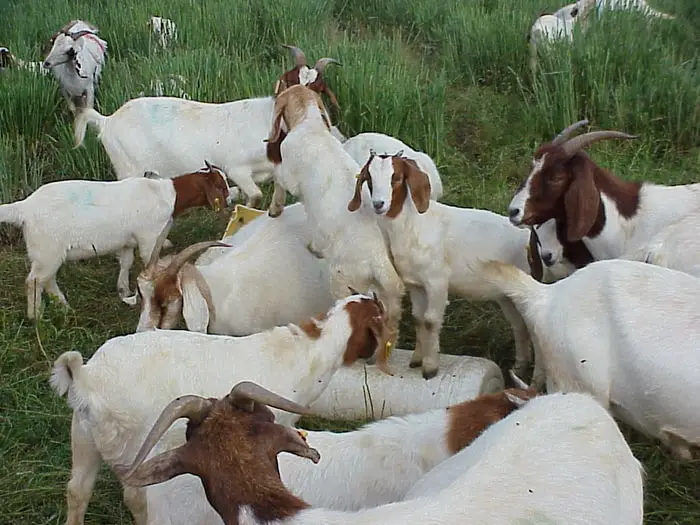
10. Goat Cough
Goat cough is a common sign in many respiratory diseases in goats. The signs may arise from lungworm infection in goats, a liver fluke in goats, infection by Pasturella multocida, and goat allergies. Many goats live in a dirty and unhealthy environment, leading to upper respiratory infection, and coughing is a common sign.
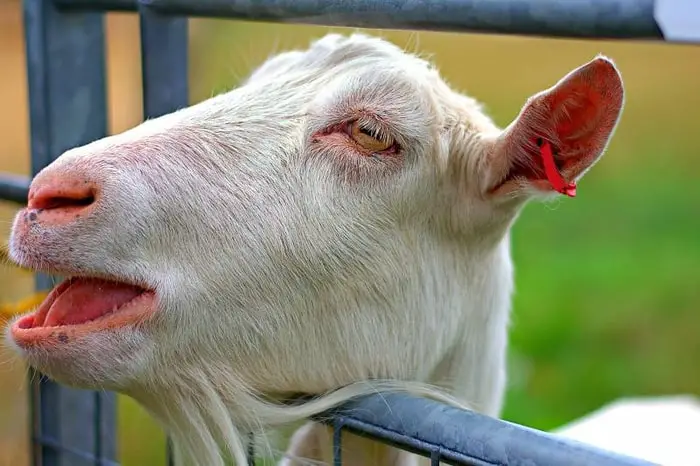
Concluding Remarks on Goat Diseases
Goats are the most docile and economic farm animals—the widespread disease in my article very briefly. Many other diseases are also found in goats. All diseases are not equally important. I have tried to accumulate the most common and economically important diseases for the farm owners and veterinarians.